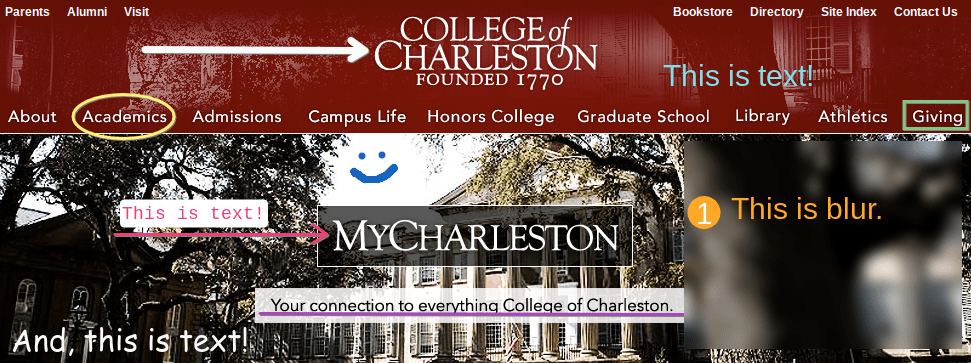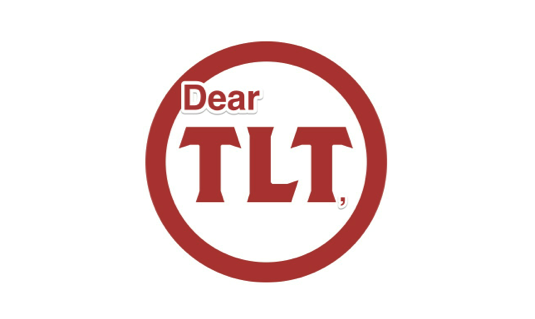In the past, Skitch was my go-to app for creating annotated screenshots. Sadly, Evernote stopped supporting Skitch in 2015. As someone who uses a Mac, PC (Windows), and Chromebook, I’ve been searching for a free (or inexpensive) solution that works on all platforms. And, Explain and Send Screenshots is it!
What is Explain and Send Screenshots?
Explain and Send Screenshots is a free Google Chrome Extension. It works on any computer using the Google Chrome web browser. Unlike most extensions, Explain and Send Screenshots does not “Read and change all your data on the websites you visit”—making it a safer option.
How Does It Work?
Once you’ve added the Explain and Send Screenshots extension to Google Chrome, you can click on the extension’s icon (see image below) to take a screenshot (image) or screencast (video) of any webpage.
You can also right-click on a webpage to quickly access the context menu.
No webpage, no problem. You can annotate on any image (.png or .jpeg) via the Open file… option.
What Are Its Features?
After you take your screenshot, you’ll have several annotation options: circle, square, arrow, line, draw, text, number (and text), highlight, and blur. Blur is especially useful for concealing sensitive information, like students’ names.

When you’re done annotating, you can copy/download/save the screenshot (image) as a .png or .jpeg (image format can be changed under options). Screenshots (image) can also be saved as .pdf using Chrome’s Print… > Save as PDF option. Screencasts (video) are saved as .webm, which can be viewed in any web browser or VLC (media player). They can also be easily uploaded to YouTube.







